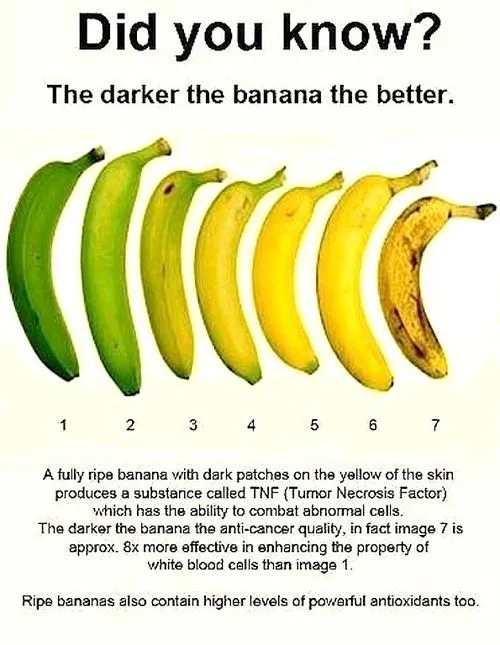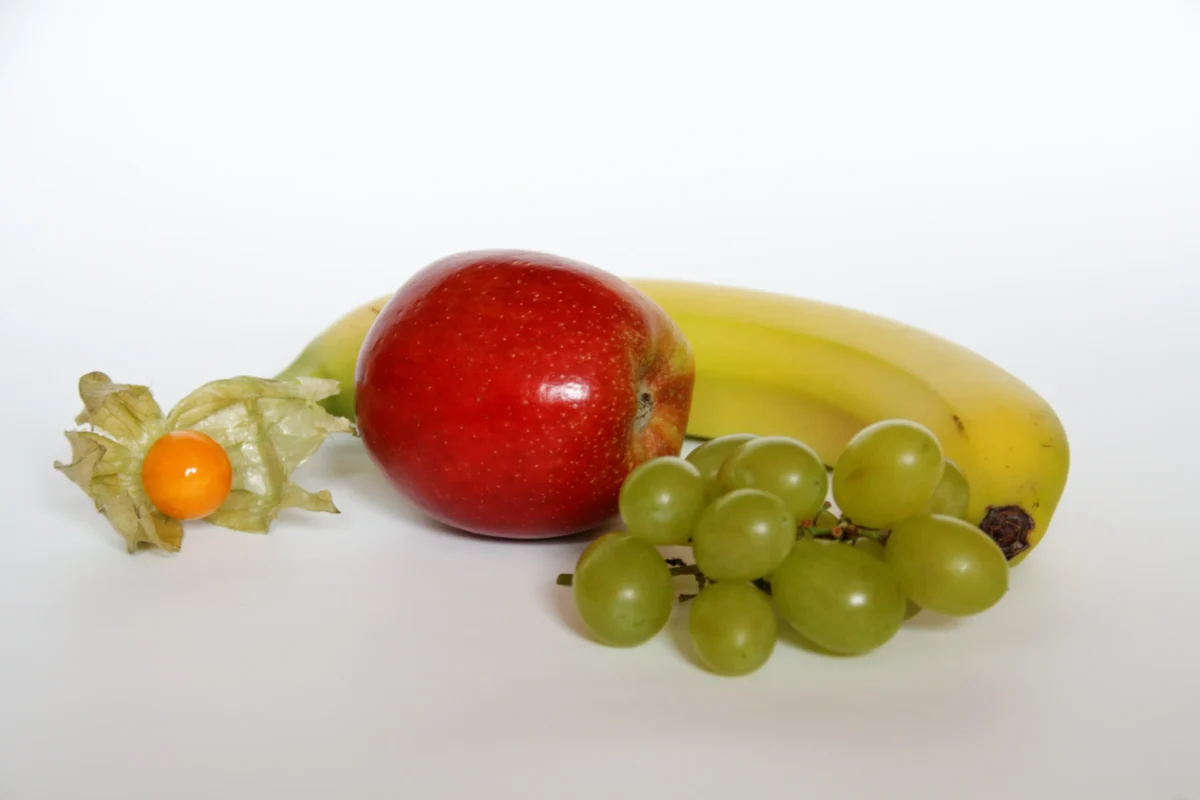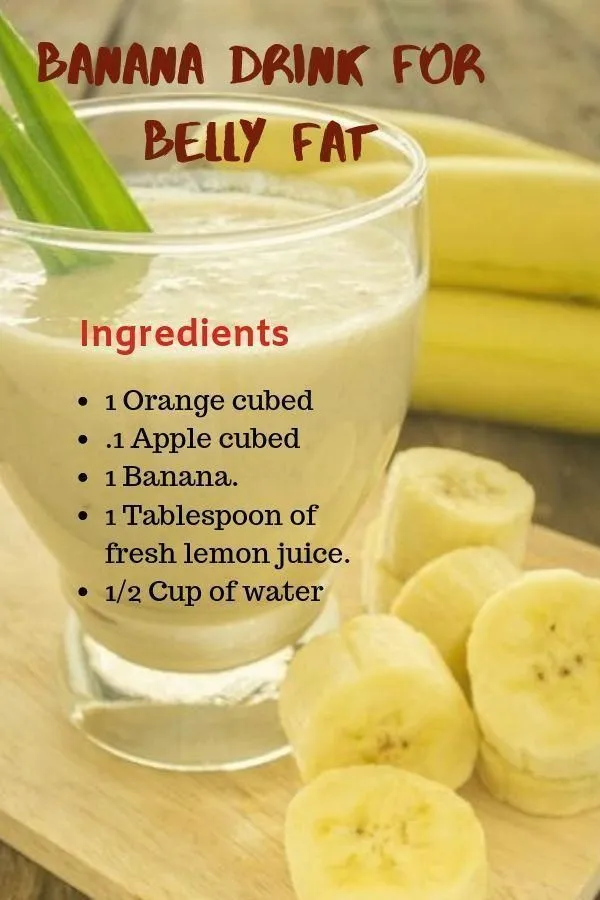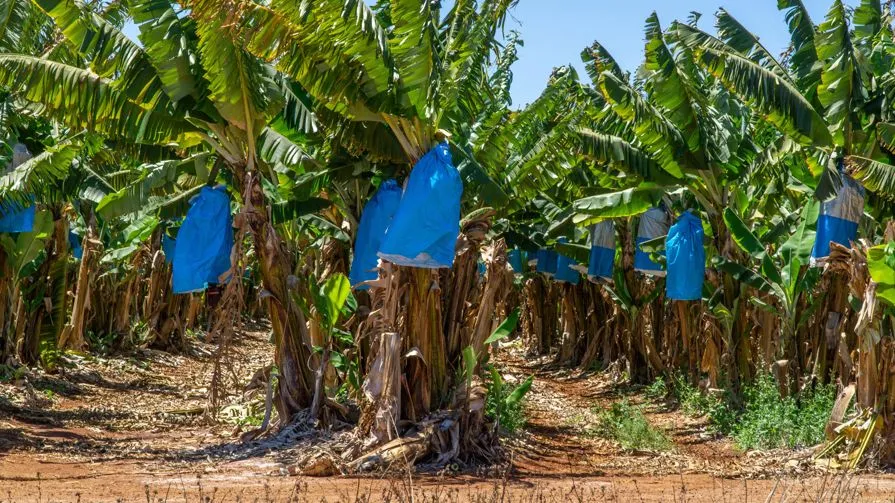Exploring the Many Culinary Uses of the Banana Plant: From Stem to Fruit
Bananas are a beloved fruit enjoyed by millions around the world. But did you know that nearly every part of the banana plant can be used as food? From stem to fruit, the banana plant offers a variety of flavors, textures, and nutrients in different forms. Whether you are interested in exploring new cuisine, learning about cultural traditions, or looking for healthy meal options, this article will introduce you to the many culinary uses of the banana plant. In the following sections, we will cover everything from the different edible parts of the plant, to their cultural significance and health benefits, and even give you some recipe ideas to try at home. Keep reading to discover all the delicious possibilities of the banana plant!
An introduction to the banana plant and its uses in meals.
The banana plant, scientifically known as Musa acuminata, is a versatile fruit tree that has been cultivated for thousands of years. Native to Southeast Asia, the banana plant has become a staple in many cultures around the world due to its delicious taste and numerous health benefits.
But did you know that bananas are not just eaten as a snack or used in smoothies? In fact, they can be incorporated into meals in a variety of ways. From savory dishes to sweet treats, bananas can add flavor and nutrition to any meal.

One popular use for bananas in meals is as a natural sweetener. Instead of using processed sugar or artificial sweeteners, mashed bananas can be added to baked goods like muffins or pancakes for a healthier alternative. Bananas also pair well with chocolate and peanut butter, making them an ideal ingredient for desserts like banana bread or frozen banana pops.
In addition to their sweetness, bananas also have a mild flavor that makes them suitable for savory dishes. Sliced into salads or blended into smoothie bowls with vegetables like spinach and avocado, bananas add texture and nutrients without overpowering other flavors.
Furthermore, the entire banana plant can be used in cooking – not just the fruit itself. Banana leaves are often used as wraps for steaming food like tamales or fish fillets. The stem of the plant can be chopped up and added to soups and stews as well.
Overall, the banana plant offers endless possibilities when it comes to incorporating it into meals. Whether you’re looking for something sweet or savory, this versatile fruit tree has got you covered!
The different parts of the banana plant that can be consumed are.
Did you know that nearly every part of the banana plant can be consumed? From the fruit to the leaves, this versatile plant is not only delicious but also nutritious.
Starting with the obvious, bananas themselves are a popular and healthy snack. They are a good source of fiber, potassium, vitamin C, and other essential nutrients. But did you know that banana flowers can also be eaten? These large purple blossoms have a slightly bitter taste but are commonly used in Southeast Asian cuisine as an ingredient in salads or curries.
The stem of the banana plant is also edible and has many uses in traditional medicine. It contains high amounts of fiber and antioxidants and is often boiled or stir-fried in dishes. In some cultures, it is even used to treat conditions such as diabetes and hypertension.
Banana leaves are another part of the plant that can be consumed. They are commonly used as natural wrappers for cooking food such as tamales or rice dishes. The leaves impart a subtle flavor to the food while keeping it moist during cooking.
Even the peel of a banana has its uses! While not typically eaten directly, it can be used to make compost or even boiled into tea for its health benefits.
In conclusion, there’s more to bananas than just their sweet fruit. By exploring different parts of this tropical plant, we can discover new flavors and beneficial nutrients that we may have overlooked before.
The cultural significance and history of consuming different parts of the banana plant.

Bananas are a staple food in many cultures around the world, and every part of the banana plant has its own unique cultural significance and history. From the fruit to the leaves, each part of this versatile plant has been consumed for centuries in different ways.
In some cultures, banana flowers are considered a delicacy and are often used in salads or curries. The flowers have a slightly sour taste and can be cooked with coconut milk and spices to create a flavorful dish.
Banana stems are also commonly used in cooking. In South Indian cuisine, for example, they’re diced up into small pieces before being boiled with lentils to make sambar –a popular soup-like dish that’s served over rice or eaten as is.
Banana leaves have long been used as plates or wraps for food. This practice is particularly common in Southeast Asia where dishes like Thai fish curry or Filipino lechon (roast pig) are often served on banana leaves to enhance their flavor.
Of course, we cannot forget about bananas themselves –the most well-known part of this versatile plant. They’re enjoyed around the world as a healthy snack or added ingredient to desserts such as banana bread or pancakes.
Understanding the cultural significance behind consuming different parts of the banana plant reveals how deeply rooted this fruit is within various societies throughout history. It provides insight into how people have utilized natural resources available to them for sustenance while creating unique culinary traditions along the way.

The health benefits of consuming different parts of the banana plant.
Bananas are a popular fruit known for their sweet taste and high nutritional value. However, many people are unaware of the numerous health benefits that different parts of the banana plant can offer.
The banana plant is not just limited to its fruit. Its stem, leaves, flowers and even roots can all be consumed and provide unique health benefits. The stem and flowers contain high amounts of fiber which can aid in digestion and help regulate blood sugar levels. The leaves contain essential amino acids that help build protein in the body while also being rich in vitamins A, B6, C and K.
One part of the banana plant that is often overlooked is its root system. The roots contain compounds that have anti-inflammatory properties which can improve joint pain and swelling. They also contain antioxidants which protect against oxidative stress caused by free radicals.
Incorporating different parts of the banana plant into your diet can provide a diverse range of nutrients to support overall health. Try adding sliced bananas stems to stir-fries or smoothies for an extra boost of fiber or wrap grilled banana leaves around fish or meat for added flavor and nutrition.
Next time you enjoy a delicious ripe banana, remember that there’s more to this tropical fruit than meets the eye!
Recipes and meal ideas featuring different parts of the banana plant.
The banana plant is a versatile and delicious source of nutrition, with many parts of the plant offering unique and tasty culinary opportunities. From the sweet fruit to the starchy trunk, there are many ways to incorporate different parts of the banana plant into your diet.
One way to use bananas in cooking is by incorporating banana flowers into dishes. These large, purple flowers can be found at specialty Asian markets and offer a slightly bitter taste that pairs well with spicy or tangy flavors. Try adding chopped banana flower to curries or stir-fries for added texture and flavor.
Another part of the banana plant that is often overlooked is the stem. While it may seem tough at first glance, banana stems can be sliced thinly and added to salads or sautéed as a vegetable side dish. They have a mild flavor similar to celery and are packed with fiber.
Of course, we can’t forget about the star of the show – ripe bananas! While most commonly eaten as a snack or used in baking recipes, ripe bananas can also be mashed up as a substitute for eggs in vegan baking recipes or blended into smoothies for added sweetness.

Incorporating different parts of the banana plant into your meals not only adds variety but also offers nutritional benefits such as fiber, potassium, and vitamin C. So next time you’re at your local market or grocery store, consider picking up some unusual ingredients like banana flowers or stems – you never know what tasty meal ideas you might discover!
Check out our other articles to find out even more about banana.
From the banana flower to the sap of the plant, different parts of bananas can be used in many different applications when it comes to cooking or natural remedies. Not only are these meals delicious, but they also offer numerous health benefits. If you’re looking for more information on how to use various parts of a banana plant in your daily life and recipes, then check out our other articles to find out even more about this unique fruit!











